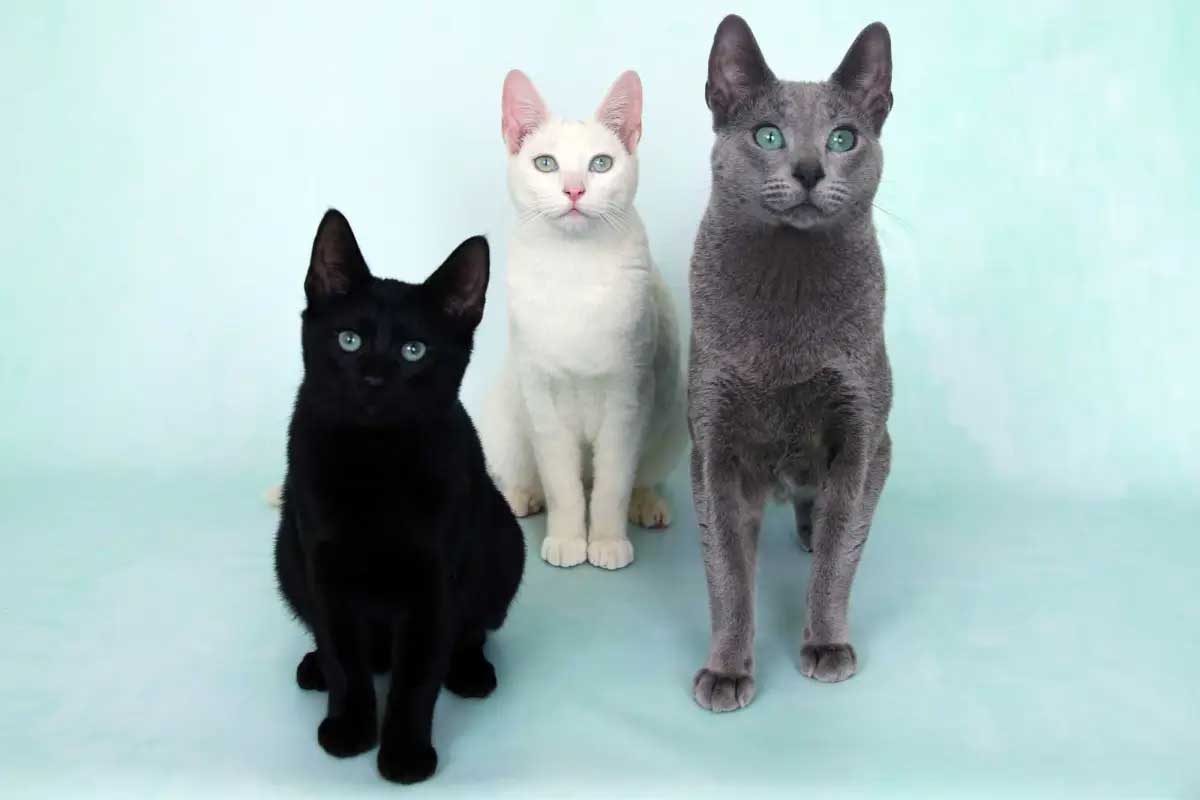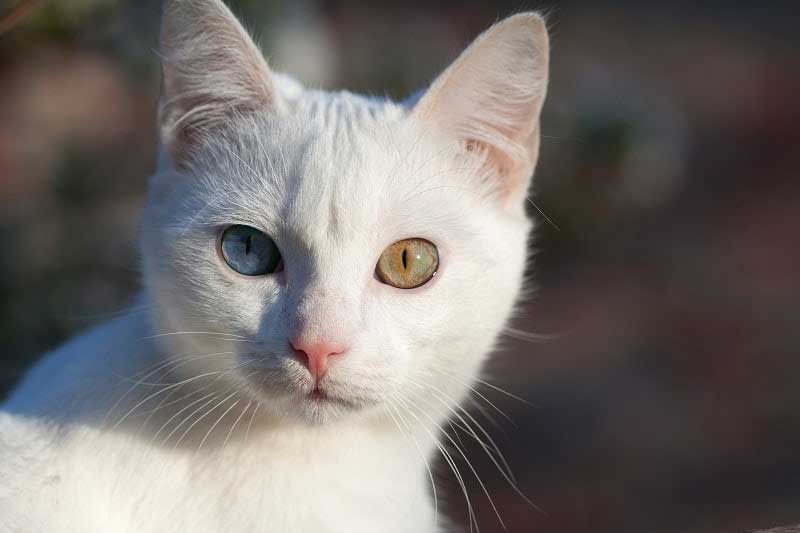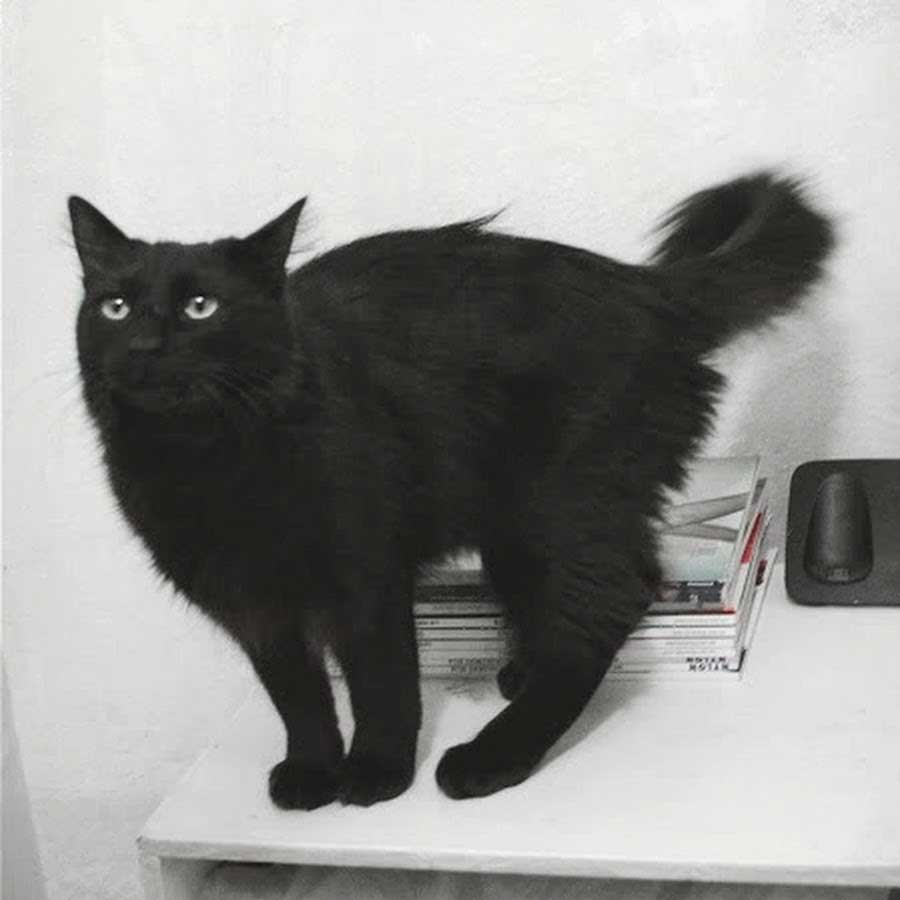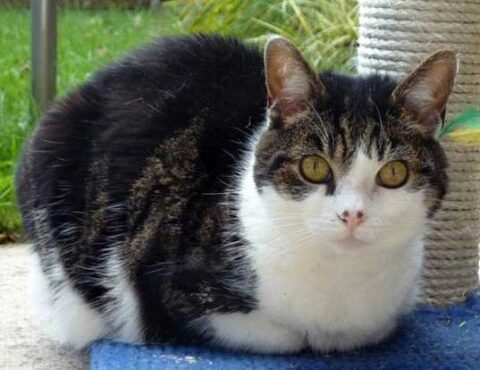
Content |
|---|
History
White cats, Russian blacks and tabbies are the result of an Australian breeding program that began with a female cat Siberian white and a Russian Blue Cat. The Siberian white cat had no pedigree, However, when she was paired with a russian blue, produced two white offspring. Breeders, Dick and Mavis Jones, from the kennel Myemgay, they kept a white kitten and called her White Rose. When he reached adulthood, looked like a pure white version of a Russian Blue Cat.
"Russian black and white cats" |
||
|---|---|---|
White Rose she was paired with her father Russian Blue, Myemgay Yuri. She gave birth to two more white Russian kittens, who were eventually paired with stallions Russian Blue. The best white kittens were continually crossed with russian blues until the breed was fully established. The Royal Agricultural Society (RAS) from New South Wales (Australia) granted champion status in 1975, but only to Russian White Cat.
The Russian black cat and ruso Tabby can occur when two cats Russian Blue they mate with each other, and sometimes they occur when one of the parents is a White Russian cat.
Not all registries recognize all colors of cats “russians” or put them all in the same category. These may include, the Cat Fanciers Association (CFA) y la Federation International Feline (FIFe) they only recognize the Russian Blue Cat. The Governing Council of the Cat Fancy (GCCF) recognize white russian and black russian cats, and American Cat Fanciers Association (ACFA) has distinct breed standards that separate him Russian Blue Cat of the russian shorthair cats in blue colors, black and white.
Physical characteristics

BODY
White russian cats, black and tabby are medium size, with fine bones and a finely muscled, athletic appearance.
HEAD
The head should have a medium wedge shape. The muzzle should be blunt, continuing the wedge-shaped profile of the head. The nose should not be visible and the whisker pads should not be too prominent.
EARS
White russian cats, black and tabby have comparatively large ears with broad bases, pointed tips, and little or no furnishing.
COAT
White russian cats, black and tabby have a double coat with a dense, fine texture and a superbly soft touch.
COLOR
Solid white colors, solid black and brindle are allowed by various breed registries. White Russian cats can be born with a “hat” darker hair color on head, that disappears upon reaching adulthood.
EYES
The eyes should be round and wide apart. The bright green color of the eyes is present in all the colors of the russian shorthair cats, including white; kittens may have yellow eyes that turn green in adulthood.
LEGS & PAWS
The legs should be long and fine-boned., and the legs should be small with a slightly rounded profile.
TAIL
White russian cats, blacks and blues should have long, shapely tails that taper from base to tip.
Character and skills

The russian black cats, White and tabby they are playful and friendly, but not terribly naughty. Happy to keep their families entertained, these kittens are fun companions thanks to their great intelligence. Like their blue haired cousins, These cats quickly learn what behaviors earn pats and praise from their human relatives and what behaviors are best to avoid. They share the sensitive nature of Russian Blue Cat; a strong reprimand is likely to hurt this individual's feelings and cause him to hide.
Friendly and sociable with family members, including other domestic animals such as dogs, white russian cats, blacks and brindle have a decidedly shy streak. They do not like strangers at all and hide in a safe place when new people come to visit.. This trait means that they are not good candidates for leash training.; Instead, better to provide plenty of indoor exercise opportunities that allow for safe enjoyment on cat terms.
Those who spend long hours away from home will be glad to know that russian white cats, black and tabby they are perfectly fine with the idea of ​​keeping themselves entertained (or asleep) while your human friends are at work or school. You will likely be greeted with a series of cheery meows and tail wagging when you return..
Talking about meows, these kittens are somewhat talkative, but much less than their ancestors Siamese. They have a reputation for snapping back when spoken to and spreading the word when they want attention.. Some are “they sing” themselves while playing with their favorite toy, and others become quite picky when they feel that mealtime is approaching.
Curiosities
All the colors of cats “russians” share similarities in coat texture. This exceptionally thick and lustrous coat has often been compared to that of a seal or a castor, with very fine internal hairs and protective hairs that stick out from the body instead of being completely flat.
Videos "Russian black and white cats"
|
|
|
|---|

